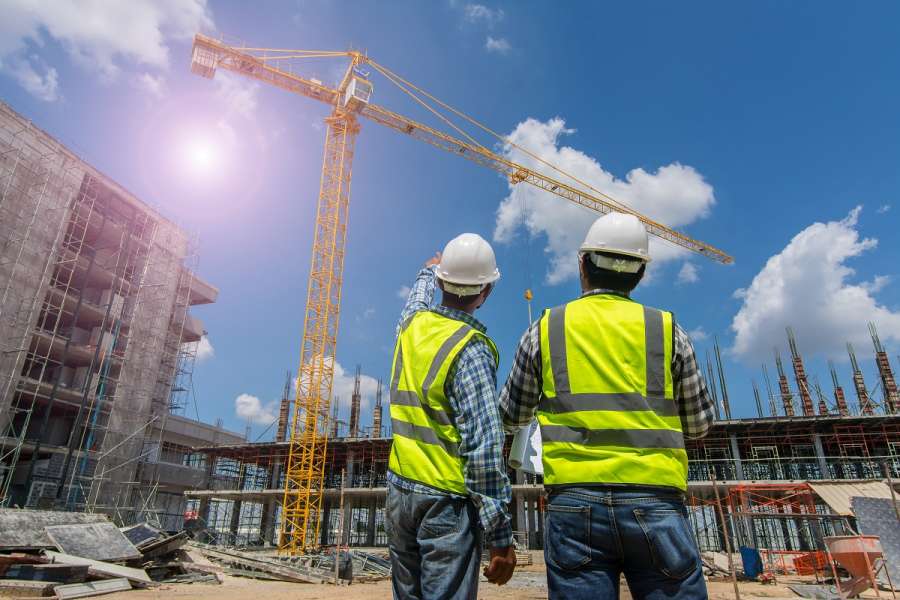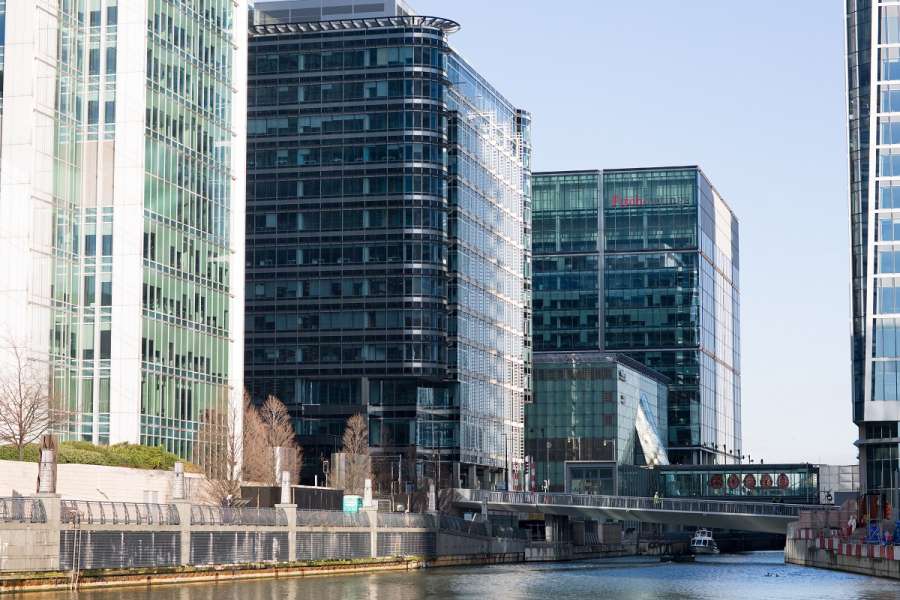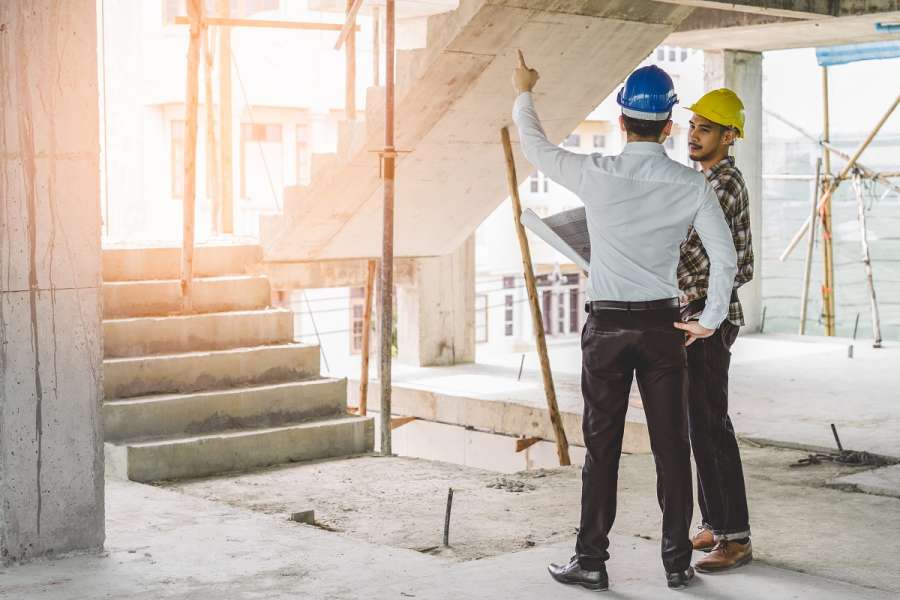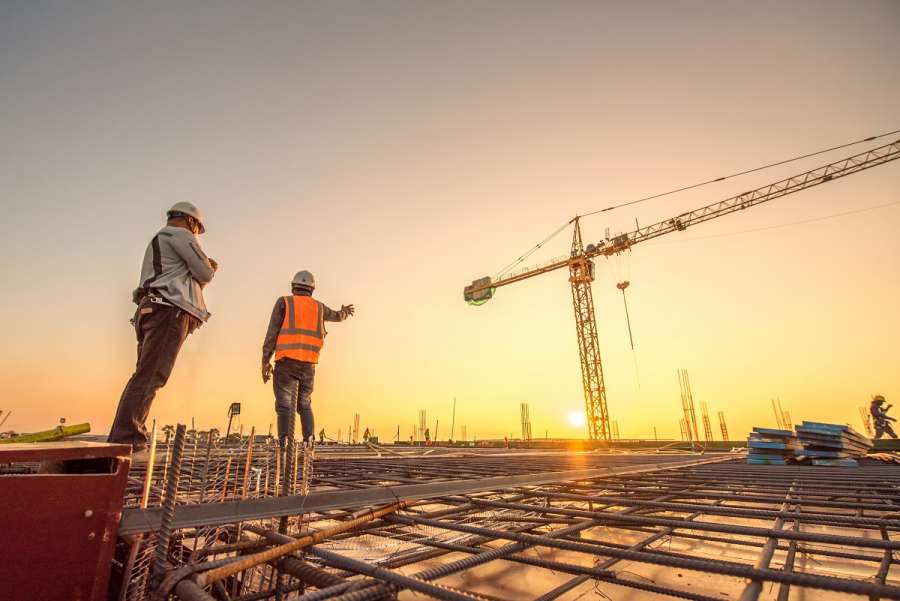The Building Safety Act was introduced due to the Grenfell disaster in 2017.
Having obtained Royal Assent in April 2022, the Act’s primary aim is to control building safety risks in order to secure the safety of people within or around buildings.
However, the Act and its accompanying regulations can be difficult to understand and interpret, with the same term having different meanings depending upon where it appears.
This article is intended as a supplement to our past blog, “Building Safety Act 2022 – What You Need to Know”, adding some further details on the Act’s context and providing recent updates.
You can contact our Property Litigation team if you have any additional questions on how this legislation impacts you or your business.






